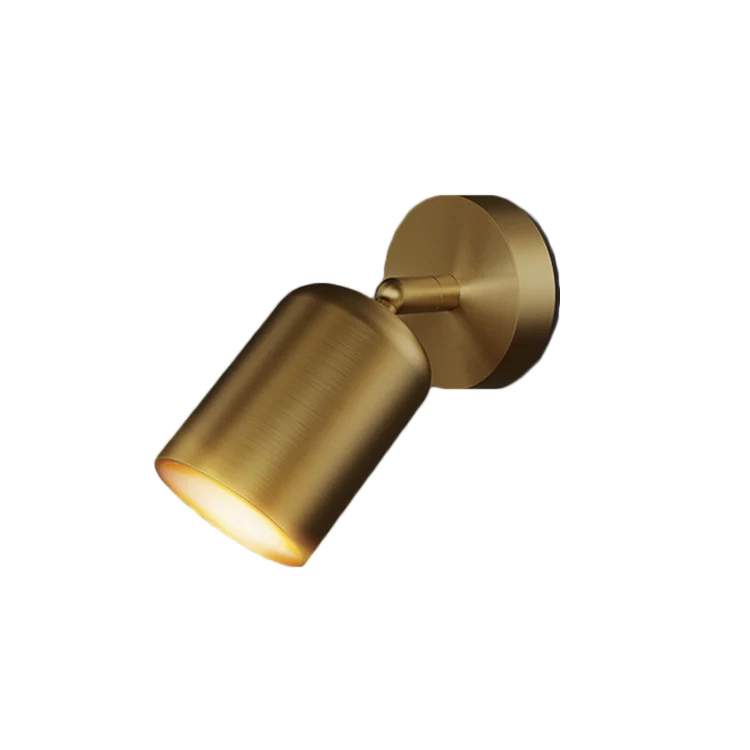LEAFLETS
PRODUCTS
Table Lamp Quality Assurance
Design and Materials Selection
The foundation of a high-quality table lamp lies in its design and the materials used. A well-designed lamp is not only aesthetically pleasing but also structurally sound and ergonomically comfortable. This requires careful consideration of factors such as the lamp's overall shape and size, the stability of its base, and the ease of operation of its switch and dimmer (if applicable). The choice of materials is equally crucial. Durable, high-quality materials are essential to ensure the lamp’s longevity and resistance to wear and tear. Materials should also be chosen with safety in mind, avoiding those prone to cracking, shattering, or releasing harmful substances under normal operating conditions.
Furthermore, the design process should incorporate rigorous analysis of potential failure points. Finite element analysis (FEA) and other computational tools can predict stress concentrations and areas of weakness in the design, allowing engineers to optimize the structure for maximum durability and reliability. The selection of materials must also take into account factors such as cost, availability, and environmental impact, striking a balance between performance, price, and sustainability.
Manufacturing Process Control
The manufacturing process itself is another critical element of quality assurance. Maintaining consistent quality throughout production requires meticulous control over every stage, from component sourcing to final assembly. This necessitates the implementation of robust quality control checks at each step of the process. Regular inspections, using both manual and automated methods, ensure that components meet specified tolerances and that assembly procedures are followed correctly. Statistical process control (SPC) techniques can be used to monitor key process parameters and identify potential problems before they lead to significant defects.
Proper training of manufacturing personnel is also vital. Employees need to be adequately trained in the safe handling of materials, the proper use of equipment, and the adherence to established quality control protocols. Regular retraining and ongoing evaluation can ensure that employees remain competent and consistently produce high-quality work. The manufacturing facility itself should be meticulously maintained to ensure a clean and safe working environment conducive to producing high-quality products.
Electrical Safety Testing
Electrical safety is paramount in the production of table lamps. The lamp's electrical components must be rigorously tested to ensure compliance with relevant safety standards, such as those set by organizations like UL (Underwriters Laboratories) or CE (Conformité Européenne). Testing should encompass insulation resistance, dielectric strength, ground continuity, and leakage current measurements to verify that the lamp is safe for use and will not pose a risk of electric shock or fire.
Beyond standard testing, manufacturers often conduct more rigorous tests to simulate real-world conditions and identify potential failure modes. These might include vibration testing, thermal cycling, and surge tests to assess the lamp's durability and resistance to unexpected voltage fluctuations. All testing results must be meticulously documented and reviewed to ensure that the product meets the required safety standards and to identify any areas for improvement in the design or manufacturing process.
Performance and Durability Testing
In addition to electrical safety testing, comprehensive performance and durability testing is essential. This includes assessing the lamp's light output, color rendering, and energy efficiency. The lamp should consistently meet the specified performance parameters over its expected lifespan. Durability testing involves subjecting the lamp to various stress tests, such as drop tests, impact tests, and vibration tests, to assess its resistance to damage from accidental impacts or harsh environmental conditions.
The lamp's finish should also be evaluated for its resistance to scratching, chipping, and fading. Tests should assess the durability of the lamp's components, including the switch, dimmer, and cord, ensuring that these elements can withstand repeated use without failure. These tests provide valuable insights into the lamp’s overall robustness and longevity, ensuring customer satisfaction and reducing warranty claims.
Packaging and Shipping
Even after the lamp has passed all quality control checks, its journey to the customer is a critical stage in the process. Proper packaging is vital to prevent damage during transit. The packaging should be adequately designed to protect the lamp from shocks, vibrations, and impacts during shipping and handling. This includes using appropriate cushioning materials, sturdy boxes, and clear labeling to ensure safe and efficient transport.
Furthermore, efficient and reliable shipping methods are important to minimize the risk of damage during transit. Tracking the shipment allows for prompt identification and resolution of any issues that may arise during transportation. Careful attention to packaging and shipping ensures that the high-quality product reaches the customer in perfect condition, leaving a positive lasting impression of the brand.
In conclusion, comprehensive quality assurance is not just a cost of production; it is an investment in brand reputation and customer satisfaction. A rigorous approach to quality assurance, encompassing design, manufacturing, testing, and shipping, is crucial for producing a high-quality table lamp that is both safe and durable, ultimately leading to a successful and sustainable business.SUBSCRIBE
INQUIRY










